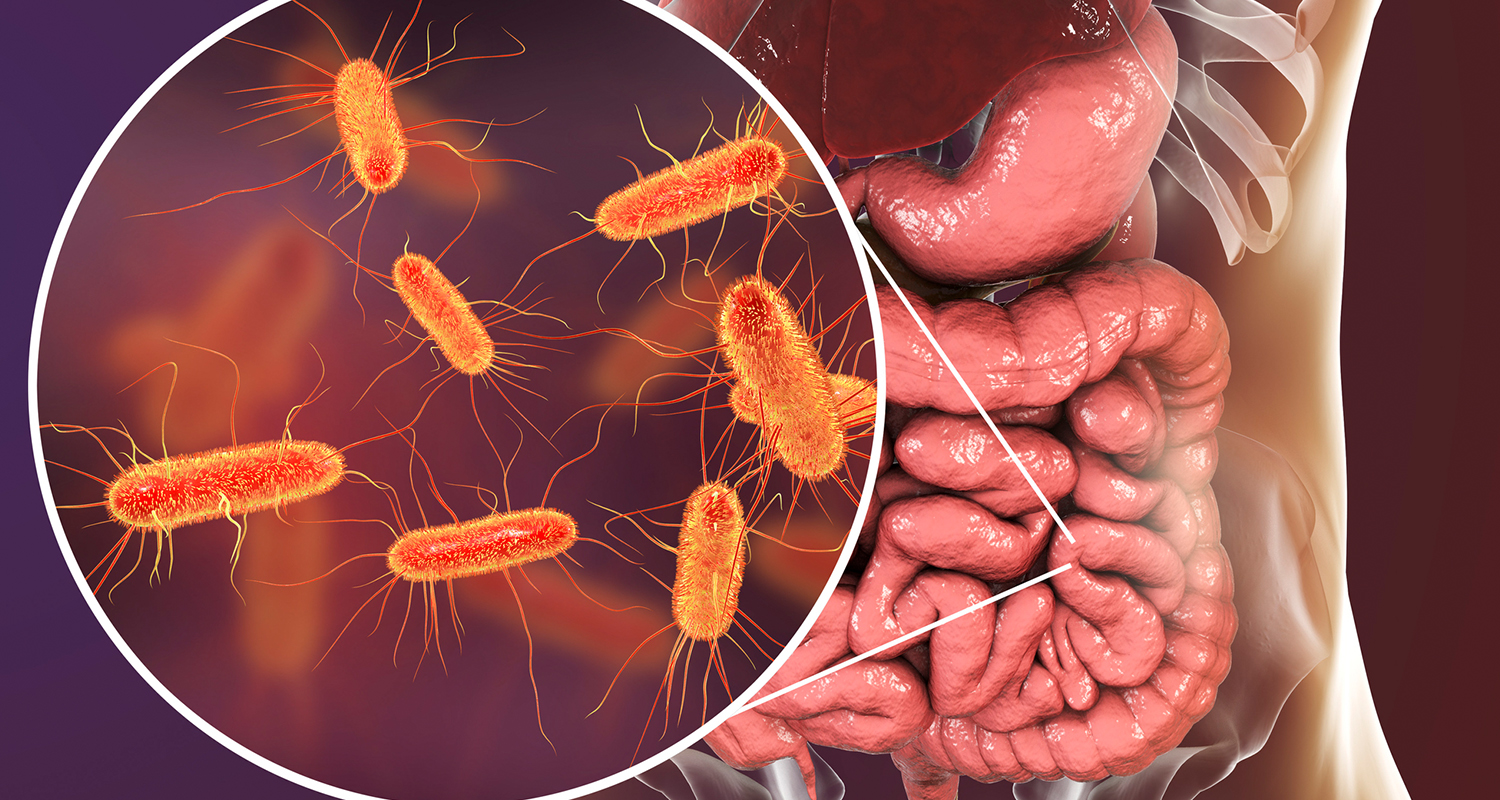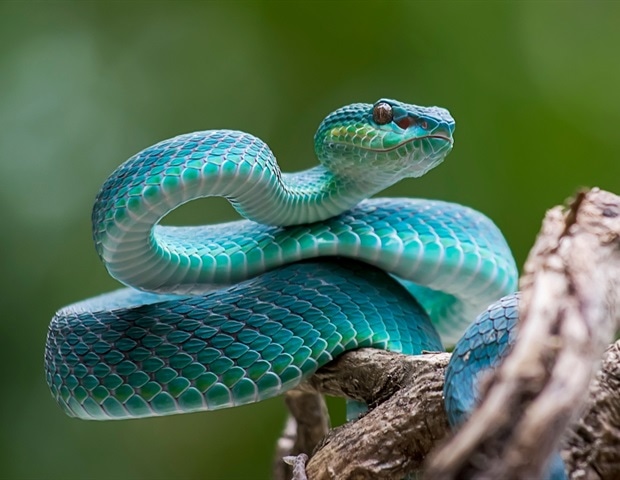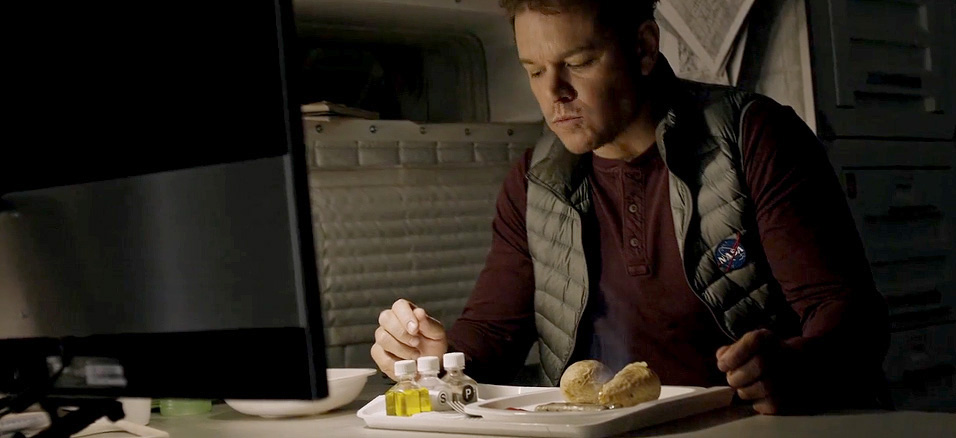Last week during my tribute to biomimicry I touched on several ideas with roots in comic books such as seeing through walls like Superman or a new smart chain mail that acts like Batman’s cape. And now we can add one more to the list of innovations that tie into comics with a new auto aiming bow that even Hawkeye would be jealous of.
Futurism explains:
“YouTuber Shane Wighton from the channel ‘Stuff Made Here’ has created a terrifying bow that aims itself and never misses.
The bow is so sophisticated that Wighton doesn’t even have to look at the target — he demonstrates with an apple perched on top of a Styrofoam apple — to hit a bullseye.
It’s an amazing invention, but perhaps also a sobering reminder of what technology is capable of.
Wighton has brought us a number of delightful inventions, from a bullet-powered baseball bat that can hit insanely far home runs to a basketball hoop backboard that makes sure every single shot goes in.
His latest invention, a heavily modified bow, allows Wighton to pull back the string and let the bow contraption strapped to his torso take care of the rest. Trackable sensors and code make sure an automatic positioning system points at just the right spot. When the bow is aligned perfectly, the string gets released.
The results are astonishing. The arrows can even hit flying targets, as Wighton demonstrates in his evil lair, or sorry, his basement. It’s so accurate, in fact, that it’s capable of hitting a Lego ‘apple’ placed on top of an unsuspecting Lego man’s head.”
But I don’t feel so bad for Hawkeye even if he does become obsolete. After all, he gets to hang out with Scar Jo as a consolation prize.










